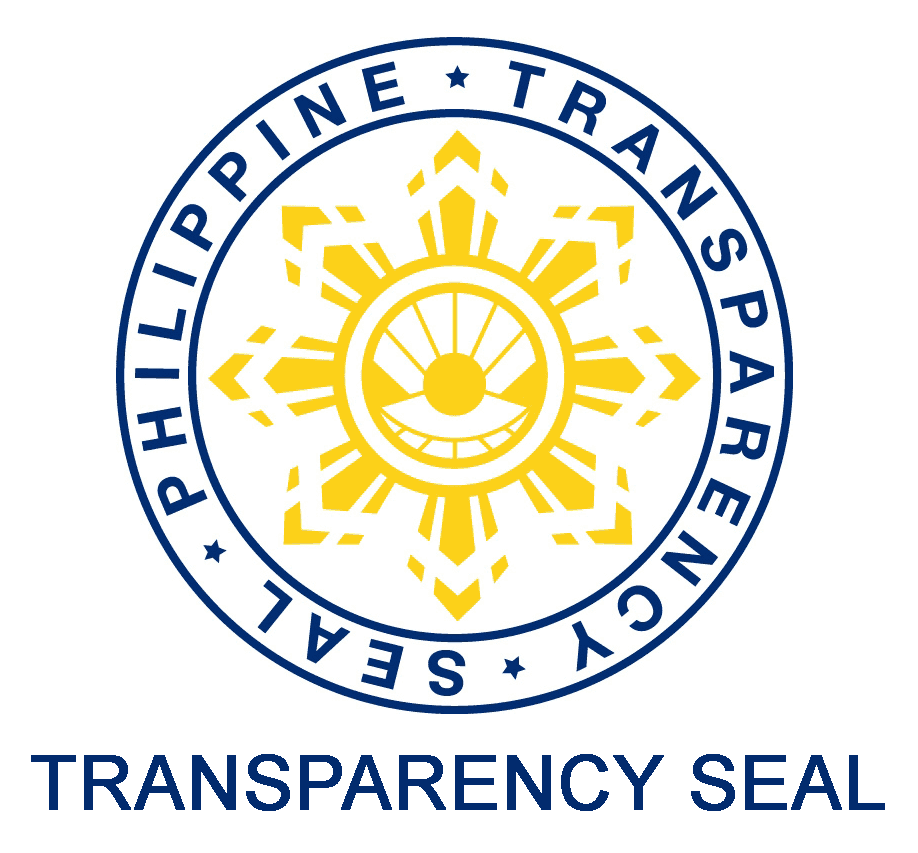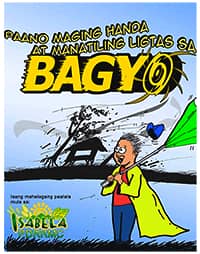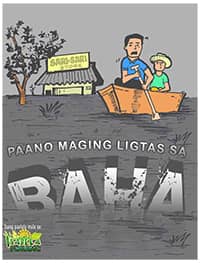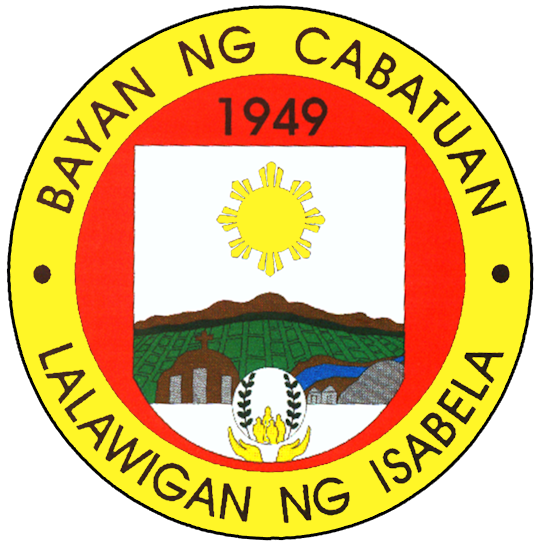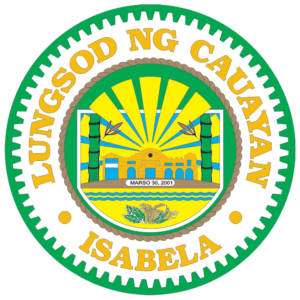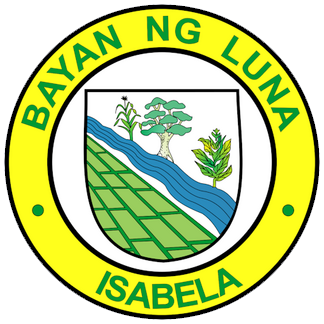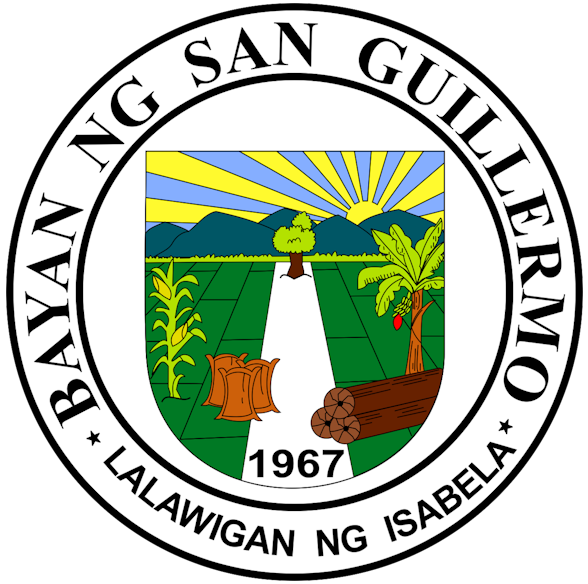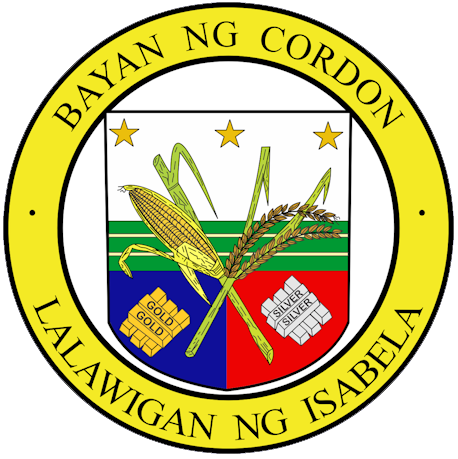The MUNICIPALITY OF CABATUAN
|
Website: cabatuan-isabela.gov.ph
The land where Cabatuan now nestles was once covered with forest, teeming with vegetation, wildlife and fish, nurtured by the mighty and winding Magat River. Its history started when one of the indigenous people from the mountain provinces settled down in the vast valley of Cagayan. This tribe is known as the Kalingas, the name is believed to have come from the Ibanag and Gaddang word which means “headhunters”.
The pioneering Ilocanos from the North started arriving in 1912, bringing with them their families, relatives and friends. The Ilocano Christians first settled in the forest-covered land far from the river, but the natives in “bahag” (g-strings) who were living along the banks considered it an intrusion which later led to nightly tensions. As soon as the sun sets, the able bodied natives raided settlers’ homes and stole their personal properties. And when they resisted, the indigenous inhabitants caused them trouble and harm. To protect themselves from the Kalingas, the Christians stockpiled stones around their sleeping chambers. Whenever the sound of “tangguyob” (horn bugle) was heard, this cautioned the Christians that the Kalingas has arrived. The Christians would defend themselves by throwing stones at the natives. This went on until a certain Bonifacio Bangug, a native of the Municipality of Piddig, Ilocos Norte and had long lived with the Kalingas, initiated a peace pact. A successful negotiation ensued. Don Bernardo C. Dacuycuy headed the Christians while a certain Infiel Utleg represented the Kalingas. Finally, an agreement of friendship came up between the two parties.
To strengthen the developing friendship, the Christians distributed used clothing, kitchen and table utensils and farm equipment to the natives. The Christians also traded salt in exchange for Kalingan goods. After years of friendship, Kalingas were converted to the Christian faith and whenever a Kalinga child was baptized, their parents adopted the Ilocano godparent surname for their child to legally use. Soon the Christians and Kalingas lived in peace and harmony and enjoyed the fruits of the rich land they filled.
During those days, the place was always referred to as “Ambatuan”, a Kalingan word which means “no stones”. However, the new settlers found an abundance of stones along the Magat. At another text, they branded the place “Ambatuan” on the very act when the Christians and Kalingas were throwing stones at each other. As time passed by, the name “Ambatuan” evolved to “Cabatuan”.
|
Facts and Figures
Sources: https://www.dbm.gov.ph, PENRO-Isabela, PPDO-Isabela, https://psa.gov.ph |
The CITY OF CAUAYAN
|
Website: cityofcauayan.gov.ph
Cauayan is a city in Isabela situated in the center of this big and naturally rich province. The town got its name from the word “Cauayan” meaning bamboo in the dialect of Gaddang, the early settlers of this place.
Cauayan was an original town of the Province of Cagayan. It was transferred to Nueva Vizcaya when it became a province in 1839. Upon the creation of Isabela as a province by a Royal Decree issued on May 1, 1856, it was reverted as a town of the province.
Cauayan City is a fast-growing rural industrial center centrally located in the province and in the entire stretch out of Cagayan Valley. It is about 375 kilometers northeast Manila; 34.5 kilometers south of Ilagan, the capital town of Isabela; about 48 kilometers north Santiago City; and roughly 117 kilometers away from Tuguegarao City in Cagayan Province.
|
Facts and Figures
Sources: https://www.dbm.gov.ph, PENRO-Isabela, PPDO-Isabela, https://psa.gov.ph |
The MUNICIPALITY OF LUNA
|
Luna is a 5th class municipality in the province of Isabela, Philippines. According to the latest census, it has a population of 19,326 people in 4,646 households. Luna is politically subdivided into 19 barangays.
|
Facts and Figures
Sources: https://www.dbm.gov.ph, PENRO-Isabela, PPDO-Isabela https://psa.gov.ph |
The MUNICIPALITY OF REINA MERCEDES
|
The Municipality of Reina Mercedes is situated in Central Isabela. It is a satellite municipality of Cauayan, a growth center of the province of Isabela. Its terrain is generally flat rolling. It is bounded on the north by Naguilian; on the east by Cagayan River; on the south by Cauayan; and on the west by Luna. The poblacion is approximately 23 kilometers south of Ilagan on the national highway and 10 kilometers north of Cauayan.
|
Facts and Figures
Sources: https://www.dbm.gov.ph, PENRO-Isabela, PPDO-Isabela, https://psa.gov.ph |
The MUNICIPALITY OF SAN GUILLERMO
|
Website: lgusanguillermo.gov San Guillermo is located in the southeastern part of the province of Isabela and is bounded on the north by the municipalities of Angadanan, Cauayan and San Mariano; on the south by the municipality of Echague, on the east by the municipality of Dinapigue and on the west by the municipality of Angadanan. |
Facts and Figures
Sources: https://www.dbm.gov.ph, PENRO-Isabela, PPDO-Isabela, https://psa.gov.ph |
The MUNICIPALITY OF CORDON
|
The municipality of Cordon is at the southwestern part of the province of Isabela. It bounded on the north by the Municipality of Ramon; East by the city of Santiago; South by the Province of Quirino and West by the Province of Nueva Vizcaya. It lies on Meridians of 121o27’E Longitude and16o40’N Latitude
Cordon has an area of 22,891 hectares unevenly distributed among 26 barangay. This represents 2.14 percent of the total provincial land area.
|
Facts and Figures
Sources: https://www.dbm.gov.ph, PENRO-Isabela, PPDO-Isabela https://psa.gov.ph |
